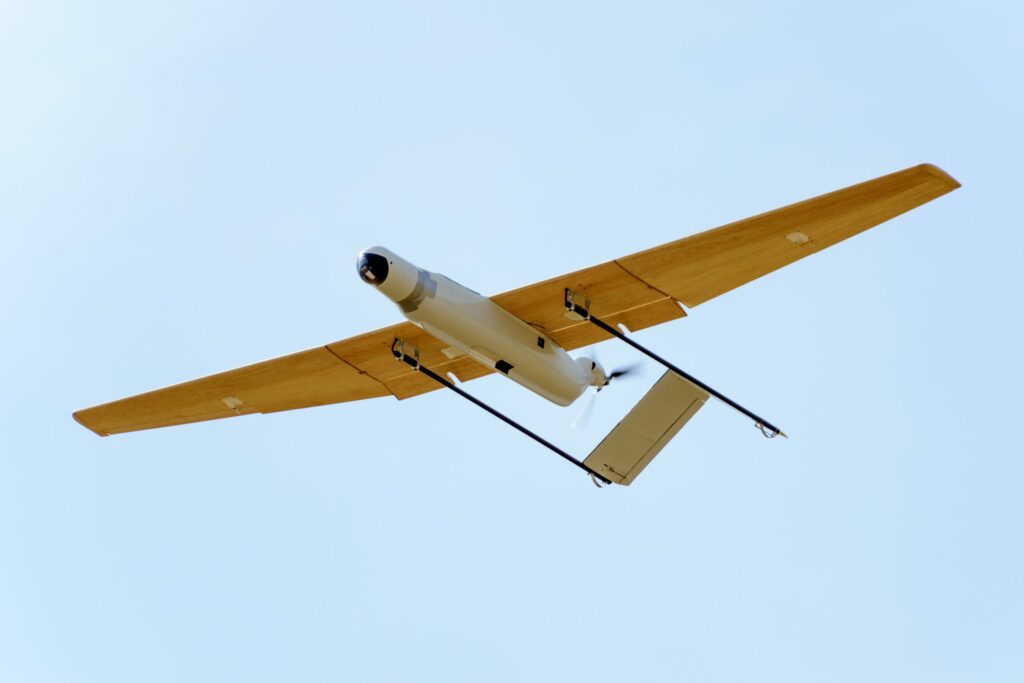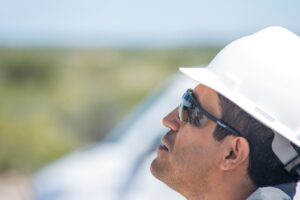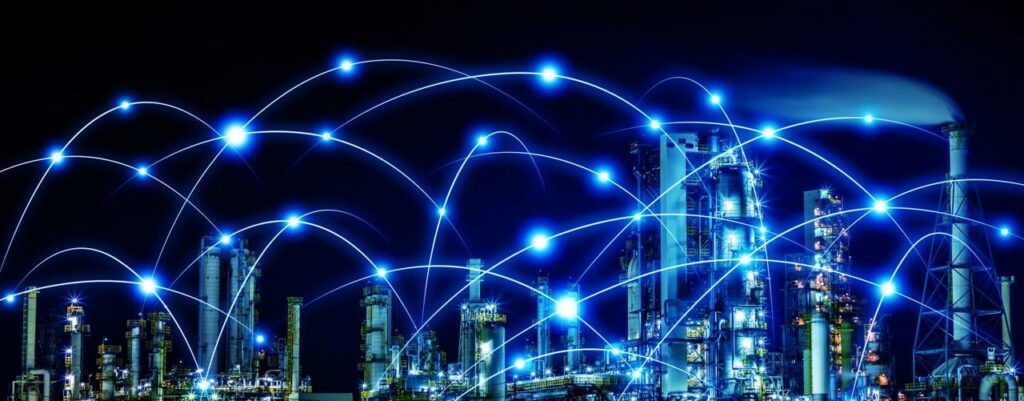Introduction
When I had the opportunity to learn about the first applications of fixed-wing drones in soybean fields some years ago, my mind flew immediately imagining dozens of use cases that could be exploited in the upstream industry.
For several years now, the drones seem to have come to stay. From leisure activities, industrial use, to other studio uses or incipient applications such as shipping and delivery. The perception is that practically no industry is or will be unaware of the use of drones (or platforms similar to what we know today as drones) for various use cases. In the following paragraphs, I explore some of the current uses and imagine new possibilities of the use of drones for Oil & Gas Upstream, even where the technology has not reached effectively yet, but where it will surely be reaching in a few years.
Spot or continuous?
[ot-video][/ot-video]
As in most industries, drones have been used for spot applications for years. That means applications of the survey, visualization or punctual or periodic surveillance, or of a response to a punctual event, are used to obtain reports of the state of the situation. For this, the drones of the “multi-rotor” type have been a good platform, for its cost, simplicity of operation, maintenance and speed of deployment.
For example, in transmission or distribution electric network, applications such as the detection of leaks and corrosion in insulators, inspection of towers and spans, laying of guidewire, etc.. In onshore and offshore plants, these drones could be used for: height inspection (towers, structures, warehouses, etc.), internal and external tank inspection, follow-up of constructions projects (video, photography) remote gas / flammable detection, etc.
The use of fixed-wing drones has been almost limited to military use, with some cases of very specific use in some industries, especially in linear structures like pipelines, power lines, roads, etc.. In civil applications, such as in the soybeans fields where I had my first incursion, almost all their applications where also in-spot type uses as in the applications typically developed with multi-rotors. For example, these drones are deployed in the detection of tree clearing areas close to the pipe, path close to pipe status (656 ft each side), cartography for pre-feasibility projects and topographic studied, measurement of the volume of bioremediation piles, etc.
It seems that fixed-wing drones could go beyond the spot usage in the upstream, and be used continuously, not only innovating with new applications but also disrupting the way this industry is operated and maintained. Also, many tasks that have been done historically will change.
Fixed-wing drones could continuously tour the oil fields and complement, or even in some cases replace many of the tasks that today are performed with a patroller, operator or supervisor in his truck, or by telemetry assisted by an operator in the control room.
Drones use cases in Upstream
In oilfields and oilfield pipes, fixed-wing drones could amongst other tasks potentially perform day and night surveillance rounds, serve as a communications node in isolated areas, perform remote aerial inspection, early detection of signs of potential landslides, continuous assessment of the condition of pipelines at river crossings or remote aerial inspection (leaks, production, security, safety, dissuasion).
For example, in oilfields with a high density of wells and low levels of automation/telemetry, a drone can travel the entire oilfield in minutes or a few hours, visualizing the running status and the production status of the wells. The running status in many extraction systems (such as mechanical pumping), is simple to visualize. The same happens with the production status. With the support of IR or thermographic cameras, it is possible to see at the wellhead whether it is producing correctly or not. Leak detection is also simple and quick to identify, not only in oil and gas production lines but also in water or other fluid injection lines used for secondary or tertiary recovery.
Many world-class companies have already conducted tests, both with multi-rotor and fixed-wing, with spot applications as well as in permanent rounds, reaching similar conclusions in all cases so far.
In addition to complementing or supplanting telemetry and operators in vehicles, the drone flying continuously could be an ideal tool for generating or disseminating high-value information. Asset security, exploration, engineering and construction, planning logistic, integrity maintenance, QHSE, and production are areas that would highly benefit from new and rich information.
For example, the information what we could collect from this permanent rounds, or rounds designed with certain objectives, could be:
- well downtime detection (for different lifting systems)
- pump stroke measurement for mechanical pumping
- time optimization analysis and risk identification
- hazardous area assessment
- monitoring and evaluation of remediation
- mapping of areas sensitive to environmental impact
- management of critical events
- surface installation inspection
- preventive inspection of electrical substations
- intrusion detection
- monitoring of suspicious targets
- detection of anomalous scenarios
- aerial magnetometry
- cartography (Ortomosaics)
- topographic survey
- realization of 3D modeling of infrastructures
- visualization of road conditions
- identification of materials in stock
As you can see, there are many possibilities for the deploy of drones in the upstream industry. But which challenges are there? I will focus on the obstacles and challenges in the second part of my article!





